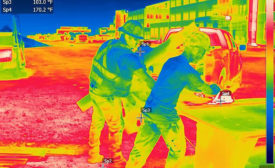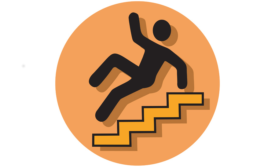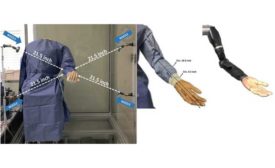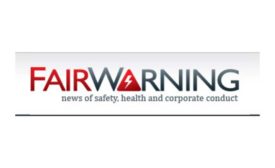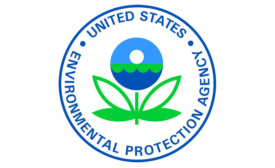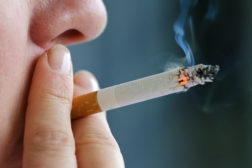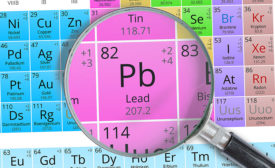Workplace Health
High temperatures stress the body and require cooling off practices
Heating up & cooling down
April 19, 2019
Here are the health, environmental concerns keeping us up at night
Falls, climate change, tsunamis
April 18, 2019
A FairWarning Story
No verdict in sight on safety of crumb rubber fields, prompting angst all around
April 18, 2019
Casella launches NoiseSafe software
Instant noise exposure reporting protects employees from hearing damage
April 18, 2019
A NIOSH Science Blog post
Workplace smoke-free policies and cessation programs
April 18, 2019
Going far beyond OSHA
Michigan OSHA’s lead standard has very strict exposure limits for pregnant workers. Are OHS pros ready to face a six-fold reduction challenge?
April 18, 2019
Never miss the latest news and trends driving the safety industry
eNewsletter | Website | eMagazine
JOIN TODAYCopyright ©2024. All Rights Reserved BNP Media.
Design, CMS, Hosting & Web Development :: ePublishing



